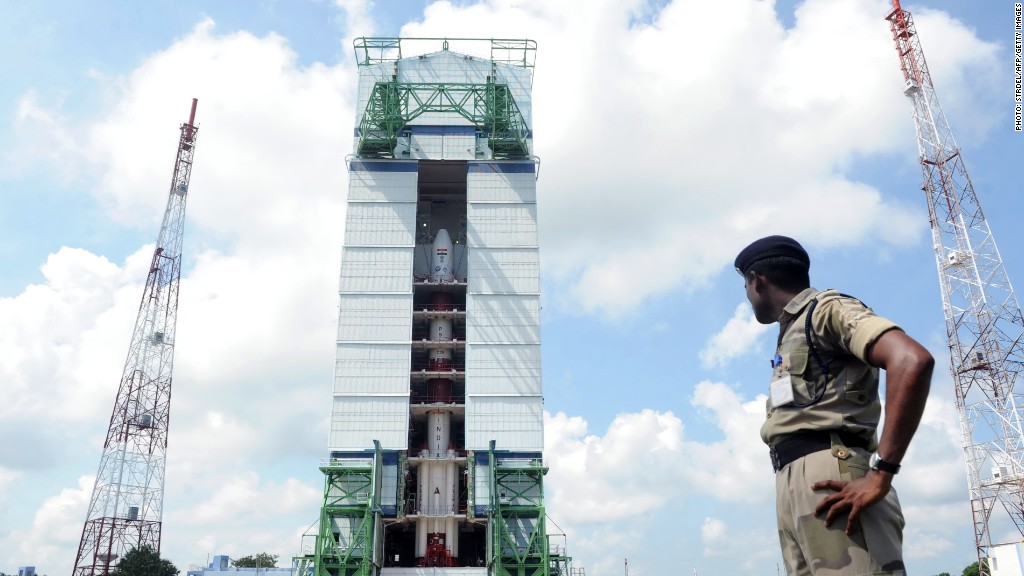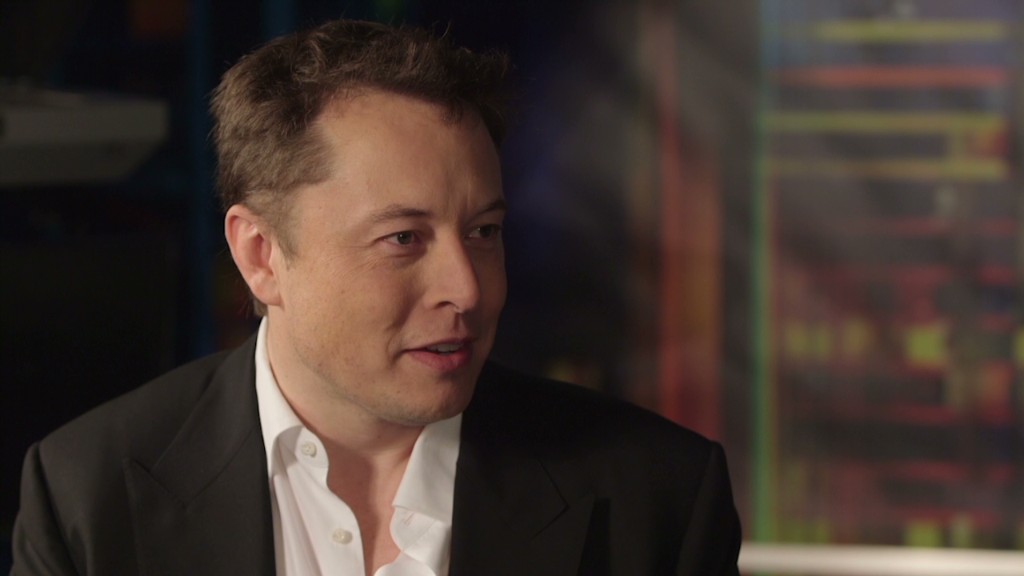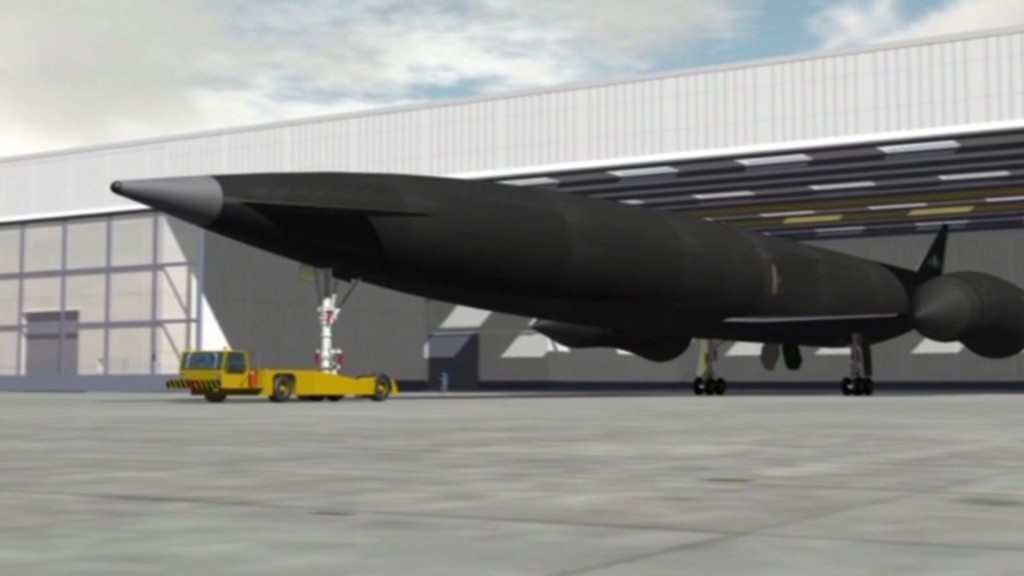
When the Mangalyaan spacecraft slipped into orbit around Mars on Wednesday after a 10-month voyage, India became the first country to successfully reach the Red Planet on its first attempt.
But the mission's shoestring budget was perhaps its most notable distinction: At a cost of just $74 million, India's space agency put the satellite into orbit for a fraction of what other nations have spent.
The U.S. Maven satellite, for example, arrived in orbit on Sunday in a mission that cost taxpayers $671 million. The European Space Agency's 2003 mission to Mars had an initial budget of nearly $200 million.
Prime Minister Narendra Modi has noted that even the Hollywood thriller "Gravity" had a larger budget at $100 million.
"Our scientists have shown the world, a new paradigm of frugal engineering, and the power of Imagination," Modi said in June. "This success of ours has deep historical roots."

While some critics take issue with the government's use of public funds on space exploration instead of social problems, Modi now has yet another space triumph to tout. Only the U.S., Russia and Europe have successfully executed Mars missions; China and Japan have failed.
It's difficult to overstate just how little money the Indian Space Research Organization (ISRO) has to work with. The agency's annual budget for this fiscal year is only $1.2 billion, while NASA has a budget of around $17.5 billion.
Related: Boeing, Space X land NASA contracts
ISRO is able to save money by using short development cycles, and taking advantage of India's cheap labor market. Highly-skilled aerospace engineers in the country might receive a salary of $1,000 per month, a fraction of what the same workers would be paid in Europe or the U.S.
Despite the large disparity in total spending, India actually devotes a similar share of its total budget to its space agency -- around 0.4% --- as the U.S.
The glory days for NASA, however, are long gone. As the space race reached a fever pitch in 1966, the agency was allotted an incredible 4.4% of the U.S. budget, a share that today's explorers can only dream of.

